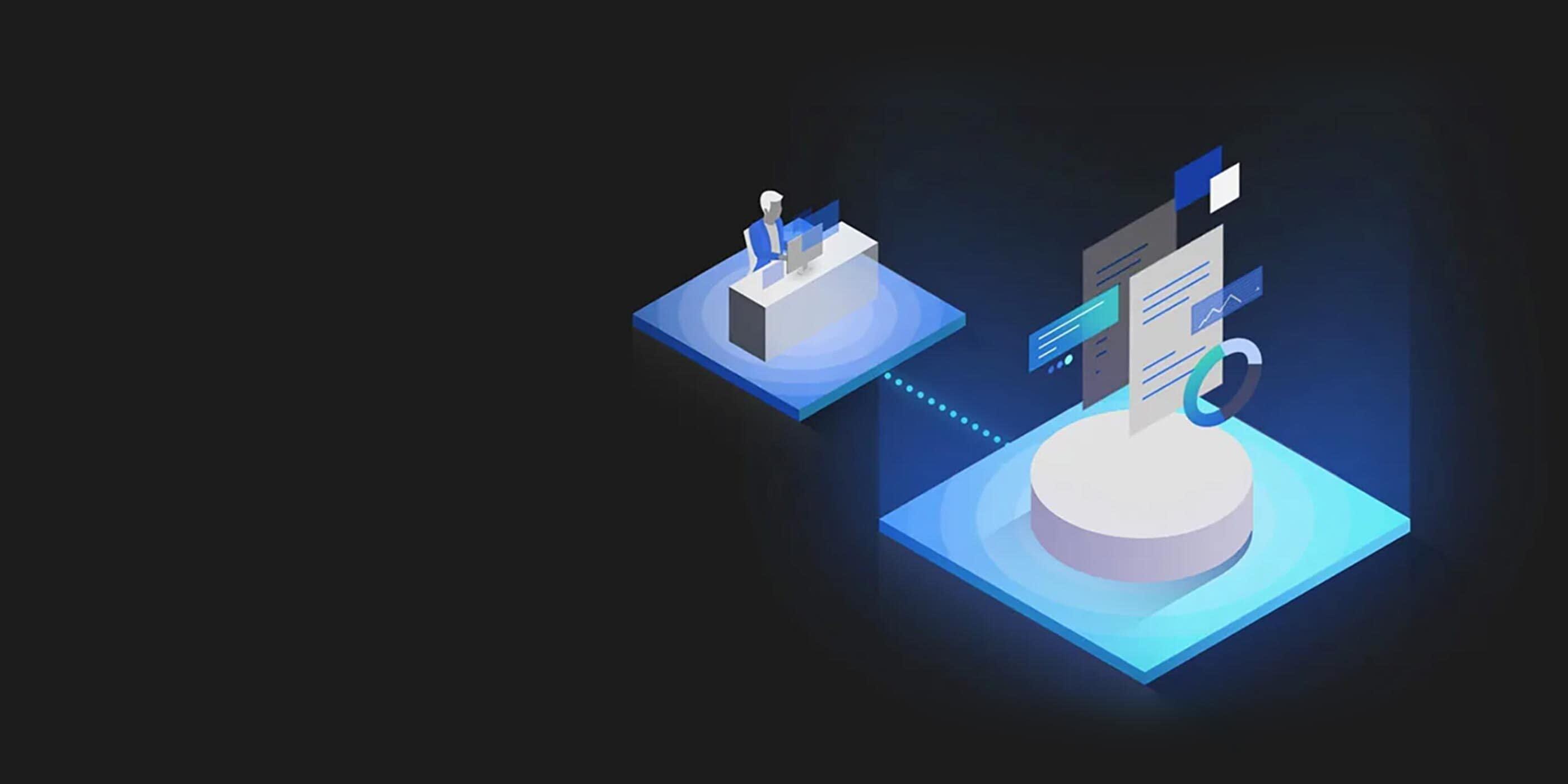To combat the ever-growing challenges of patient care, data-driven services, and cost-saving, healthcare providers need to stay on top of their efficiency level. This urges them to look for solutions that can streamline their processes.
Electronic data interchange has emerged to be one of the most sorted out solutions to various complexities of Healthcare. EDI is transferring data between the patient and the care provider. Since the transfer is automated, much time, money, and effort are saved. Providing quicker turnaround of information, EDI cab reduces administrative pressure on any provider. It also helps in redefining the claims processing. There are many more important roles EDI is playing to offer providers the best version of data transfer based on technology. Let's take a good look at these in detail.
Medical billing standardization
Earlier, medical billing and claim reimbursement used to be a lengthy process. Through electronic data interchange, the transactions are easily handled across various systems. Insurers can use a standardized billing format. Also, human errors are minimized, which simplifies the entire billing process.
Quicker transfer of information
In comparison to normal data transfer, the turnaround times are much quicker. One would take minutes to see data on the system rather than spending hours looking for a specific piece of information in a manual document. The patient can also receive claims the same day the provider processes the bill. In seconds, the eligibility can be received and resolved through EDI solutions.
Avoiding claim process delays
With electronic data interchange, providers can check for patient-specific requirements and HIPAA compliance digitally. The process can overall reduce the claim reasons for rejection. The data verification done in real-time can also help avoid claim process delays as the patient can rectify the errors in seconds.
Increase in security
There is guaranteed security through data encryption and transmission when a provider uses EDI. This is because of EDI mapping, which helps transform business data into standardized protected EDI format. A provider can also add another level of security using codes and passwords at its disposal. The risk of data breaches is further reduced thanks to the providers' server security and secured networking protocols. The authorization can be customized so that only a particular number of systems can access the data. Various other security protocols can be integrated with healthcare EDI, such as MLLP, SFTP, AS2, etc.
Enhanced daily workflow
With the help of electronic data exchange, a provider can exchange information with millions of patients at one time. This can be done with the help of big data or a centralized application system. Also, multiple transactions can be completed in a single go, which helps increase the provider's daily workflow. A perfect example is how practice management can perform the status inquiry function while simultaneously sending the eligibility inquiry requests to the patients. This helps verify the coverage while making the payment at the same time.
Summing it up
There are plenty of benefits to be delighted about regarding electronic data interchange. The integration process is comparatively simpler compared to other digital forms of Healthcare. When executed correctly, EDI can bestow its benefits, acting as a mainstream fueling aspect of any healthcare organization. And since everyone is jumping into the pool of digitization, it becomes important more than ever to adapt to this new data management method. It enhances productivity for the providers and offers patients with better services and care.


